Everyone has already heard about the terrible Chernobyl accident. This nuclear disaster, which took place in the Lenin power plant located at the time in the Ukrainian Soviet Socialist Republic in the USSR, had disastrous consequences both on the environmental and human level. Although this event has been extremely well documented, there is still much to know about Chernobyl. The proof: here are 8 things that most people don’t know about Chernobyl.
1. The reactor’s emergency safety systems had been shut down
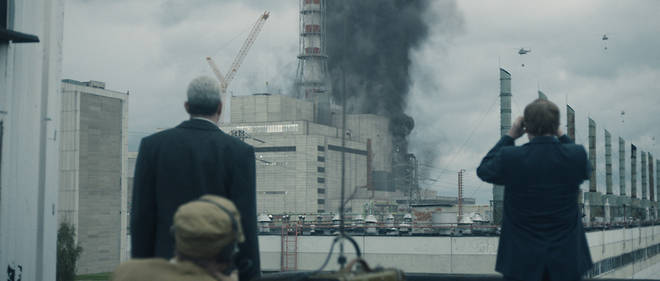
The Chernobyl nuclear power plant consists of four 1,000 megawatt reactors, plus two additional reactors under construction. On the night of April 25-26, 1986, Soviet technicians began a turbine test on Unit 4 just before a routine maintenance shutdown. To conduct the test, they deactivated the emergency core cooling system and other essential safety equipment, which was reckless. This resulted in a series of operating errors that resulted in an accumulation of steam that caused the reactor to overheat. At 1:23 a.m., two or three rapid-fire explosions blew its steel and concrete cover and threw a fireball high into the sky. This initial release of radioactive material was then aggravated by several fires that broke out, including one inside the reactor core that raged for 10 days. In total, the Chernobyl accident released at least 100 times more radiation than the atomic bombs dropped on Hiroshima and Nagasaki.
2. The cleanup was much more deadly than the original explosions
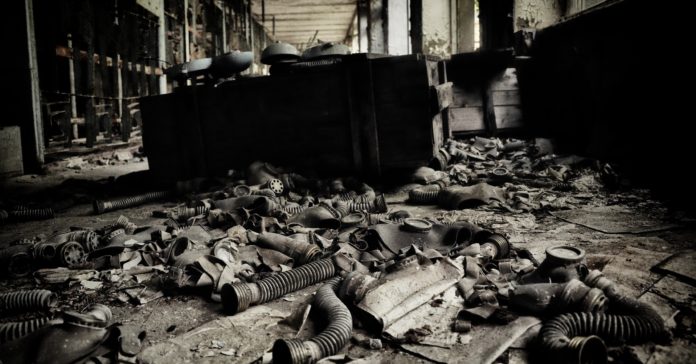
Although massive, the Chernobyl explosions directly killed only two plant operators and reportedly caused a third to die of a heart attack. In comparison, 28 workers and firefighters died of acute radiological poisoning in the first few months of the clean-up, and dozens more became seriously ill. Heavy radioactive fallout also wreaked havoc. Thousands of children who drank irradiated milk contracted thyroid cancer, at least 15 of whom died. Chernobyl has caused other premature deaths due to cancer. In 2005, the Chernobyl Forum, supported by the United Nations, predicted that the accident would kill up to 4,000 people in total, while Greenpeace estimated this figure at 93,000.
3. Many people still cannot return home
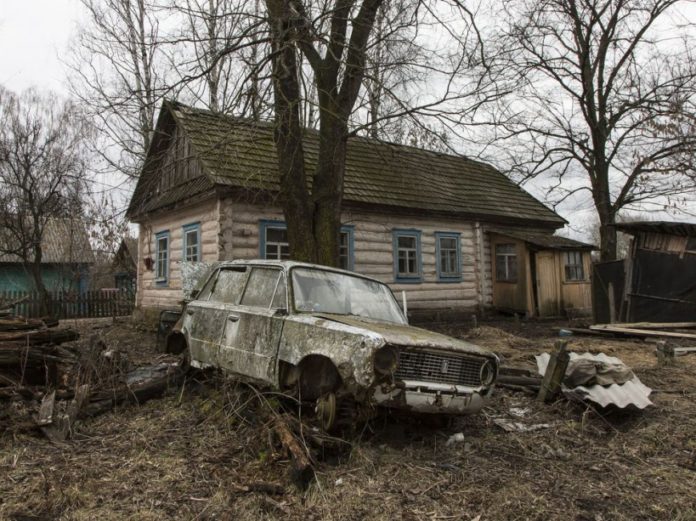
About 36 hours after the accident, the Soviet authorities began evacuating some 115,000 people living nearby, but not before many had already started to suffer from vomiting and headaches. Believing that they would soon be allowed to return home, they left behind several pets and valuables. However, to their great surprise, all lands within 18.6 miles of the plant were subsequently closed and checkpoints were established to control access. This so-called exclusion zone was expanded in the following years, resulting in the evacuation of an additional 220,000 people. Although a few hundred residents have returned illegally, the vast majority of the region remains devoid of humans.
4. Chernobyl has had several consequences on wildlife

As forests have been restored and the agriculture industry and people were no longer there to kill animals, moose, red deer, wolves, lynx, bears, eagles, and other megafauna have reportedly taken refuge in the exclusion zone around Chernobyl. Paradoxically, this space “has become a unique sanctuary for biodiversity”, said the Chernobyl Forum in 2005. Yet, even if some species appear to thrive, radiation has been shown to cause significant and potentially fatal abnormalities in other species, such as birds with deformed beaks.
5. The factory only closed years later
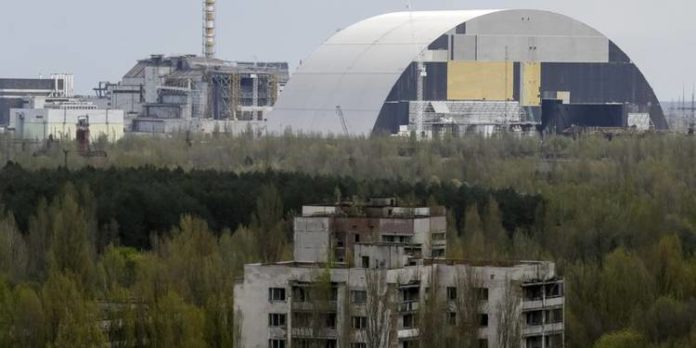
During the explosion of Unit 4, the other three reactors at the Chernobyl nuclear power plant were also shut down. But they were all relaunched in about a year and a half, despite international condemnation for their alleged design defects and widespread contamination at the site. Thousands of power plant operators continued to commute to work every day, but a fire in a turbine room caused Unit 2 to close in 1991. Then, in 1995, the newly independent Ukraine agreed to close the remaining two reactors in exchange for financial assistance from the Group of Seven Major Industrialized Countries (including the United States). Unit 1 ceased operations in 1996 and Unit 3 was the last to close in 2000.
6. Chernobyl has become a macabre tourist attraction
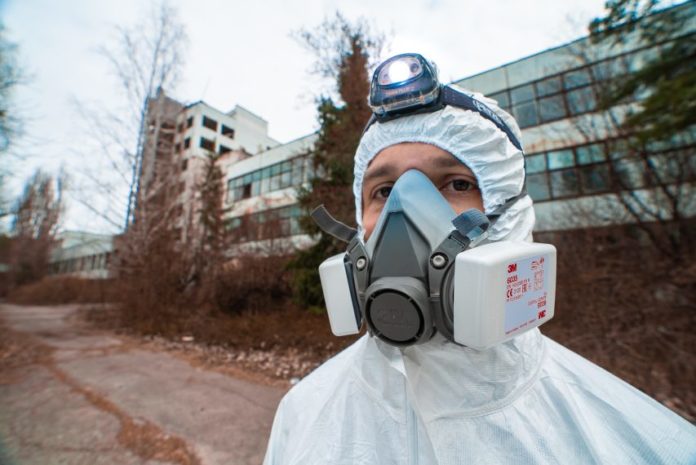
Although people still cannot live there, the Ukrainian authorities opened the exclusion zone to tourism in 2011. Since then, the guides have regularly welcomed visitors to observe the fauna and flora, as well as to explore the hastily abandoned ghost towns that dot the landscape, such as Pripyat, which once had over 45,000 inhabitants. In order to minimize radiation exposure, guides carry dosimeters and ask their clients not to eat or smoke outside.
7. Cleaning is still in progress
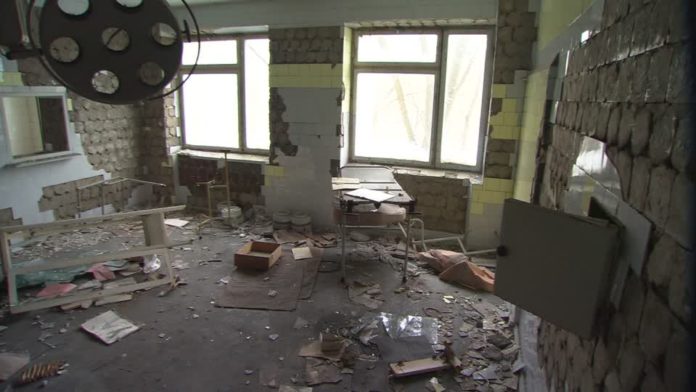
In great danger to their own health, the rescuers dropped sand, lead, and boron into the reactor core and cleaned up the flammable debris, among other desperate attempts to stop the release of radioactive materials within a few days of the accident. They have also cut down and buried hectares of pine forests, razed from villages and even slaughtered abandoned pets for fear of leaving the region and causing further contamination. The workers then buried the reactor in a huge concrete structure, known as the sarcophagus, which began to deteriorate over time. If all goes well, a new 32,000-ton arch will be pushed onto the sarcophagus next year. According to the Ukrainian government, however, the site will not be completely cleared until approximately 2065. In the meantime, radioactive particles will remain in the environment for hundreds of generations to come and will continue to have an impact on the environment…
8. The Soviet Union tried to cover up the case
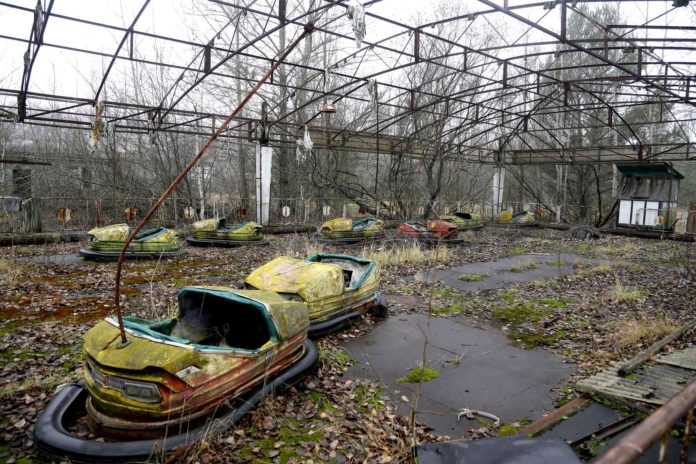
Immediately after the collapse of Chernobyl, the Soviet authorities largely left their own citizens in the dark and did not try to alert neighboring countries. On April 28, however, Swedish air monitors detected large amounts of radiation in the atmosphere that appeared to come from the USSR. The Soviets then admitted that an accident had killed two people in Chernobyl, but they also lied about the fact that the situation was now under control. It was not until May 6 that the authorities closed schools in Kiev, the Ukrainian capital located about 65 miles from the factory, and warned residents to stay inside. The full story of what happened at Chernobyl would not be known until years later.


![[Photos] Why WD-40 Is Magic In Your Garden?](https://lifetonik.com/wp-content/uploads/sites/7/2019/08/WD40-Prices-Highres_Page_8_Image_0008-218x150.jpg)
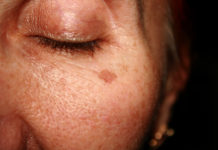




![[Photos] Take A Look Of The Obama’s New Home Before It’s Banned](https://lifetonik.com/wp-content/uploads/sites/7/2019/07/Obama1-218x150.jpg)

![[Slideshow] Celebrity Homes: 21 Of The Most Luxurious](https://lifetonik.com/wp-content/uploads/sites/7/2019/07/Taylor-Swift-218x150.jpg)
![[Slideshow] More Parents Are Now Gluing Pennies to the Bottom of their Kid’s Shoes](https://lifetonik.com/wp-content/uploads/sites/7/2019/07/Keep-Them-Entertained-218x150.jpeg)
![[Photos] 20 Fashion Mistakes That Too Many Women Make!](https://lifetonik.com/wp-content/uploads/sites/7/2019/07/5-style-mistakes-that-make-you-look-frumpy-featured-218x150.jpg)











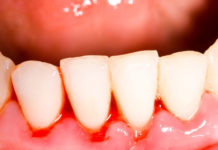



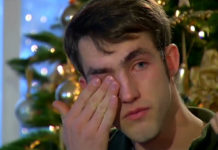



![[Gallery] 25 Discounts For Seniors To Which You Are Entitled Without Knowing It](https://lifetonik.com/wp-content/uploads/sites/7/2019/08/EAZxECUXUAAvNZR-218x150.jpg)
![[Slideshow] Here’s the salary of every governor in the United States](https://lifetonik.com/wp-content/uploads/sites/7/2019/08/Charlie-Baker-218x150.jpg)
![[Photos] No One Will Want To Buy This House After Seeing These Pictures](https://lifetonik.com/wp-content/uploads/sites/7/2019/08/terrible-real-estate-photos-2-5c35e727c9f95__700-218x150.jpg)



